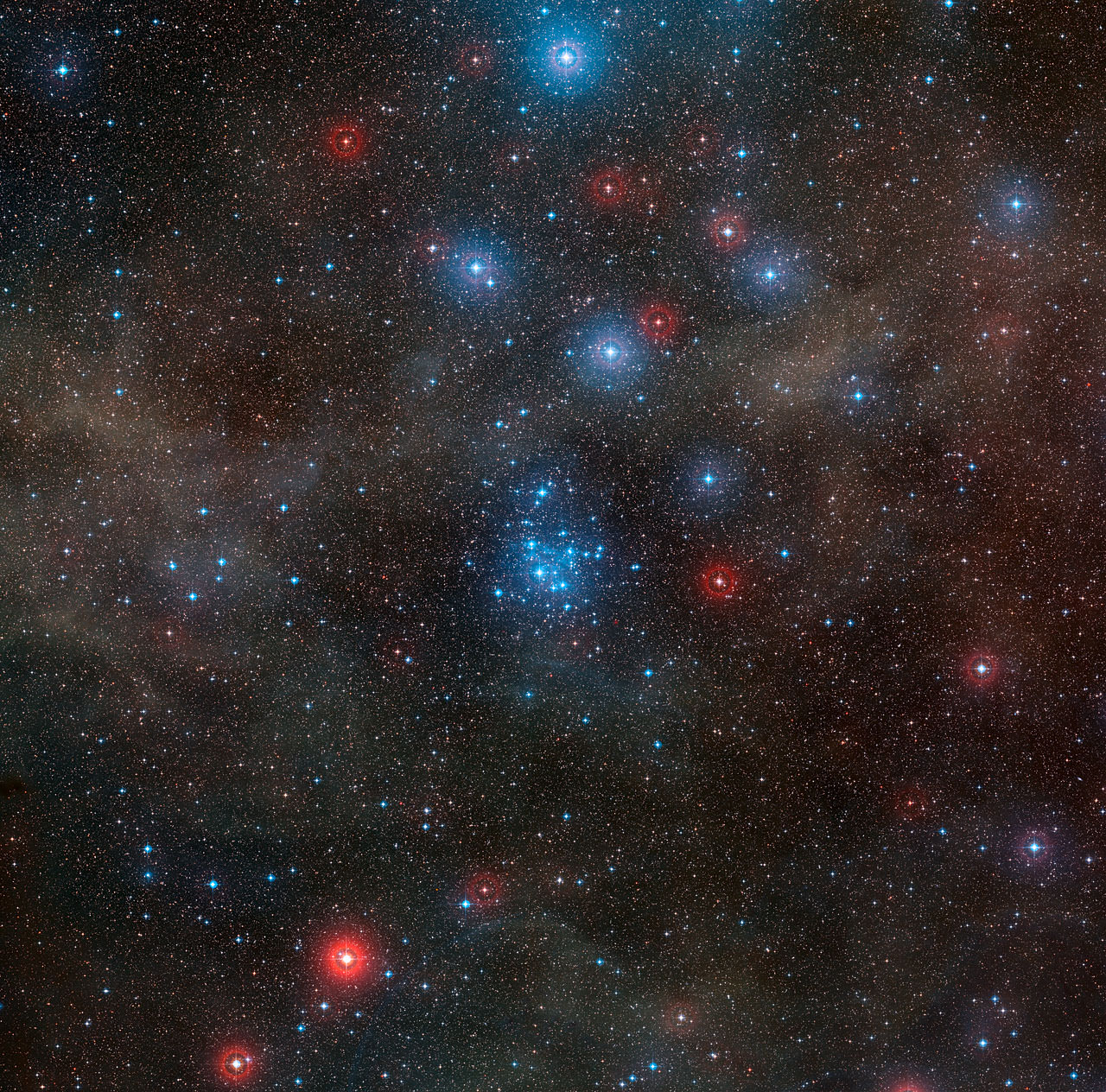Black holes are big influencers for the early universe; these singularities that were close to ancient stars heated up gas and affected star formation across the cosmos. A new study, however, says that heating happened later than previously thought.
“It was previously believed that the heating occurred very early, but we discovered that this standard picture delicately depends on the precise energy with which the X-rays come out,” stated Rennan Barkana, a co-author of the paper who is an astronomer at Tel Aviv University.
“Taking into account up-to-date observations of nearby black-hole binaries changes the expectations for the history of cosmic heating. It results in a new prediction of an early time (when the universe was only 400 million years old) at which the sky was uniformly filled with radio waves emitted by the hydrogen gas.”
These so-called “black-hole binaries” are star pairs where the larger star exploded into a supernova and left behind a black hole. The strong gravity then yanked gas away from the stellar companion, emitting X-rays in the process. The radiation, as it flows across the universe, is cited as the factor behind gas heating in other parts of space.
You can read more details of the model in the journal Nature. The study was led by Anastasia Fialkov, a fellow TAU researcher.

